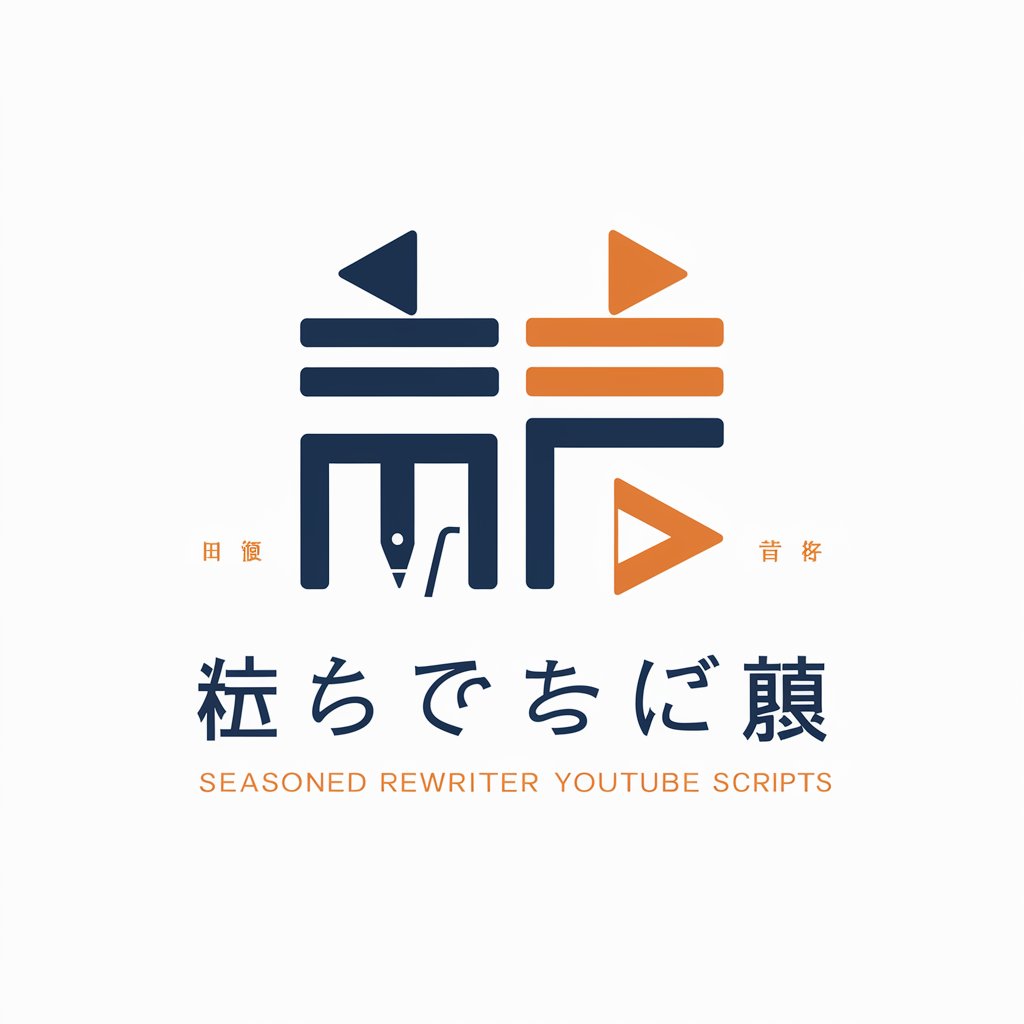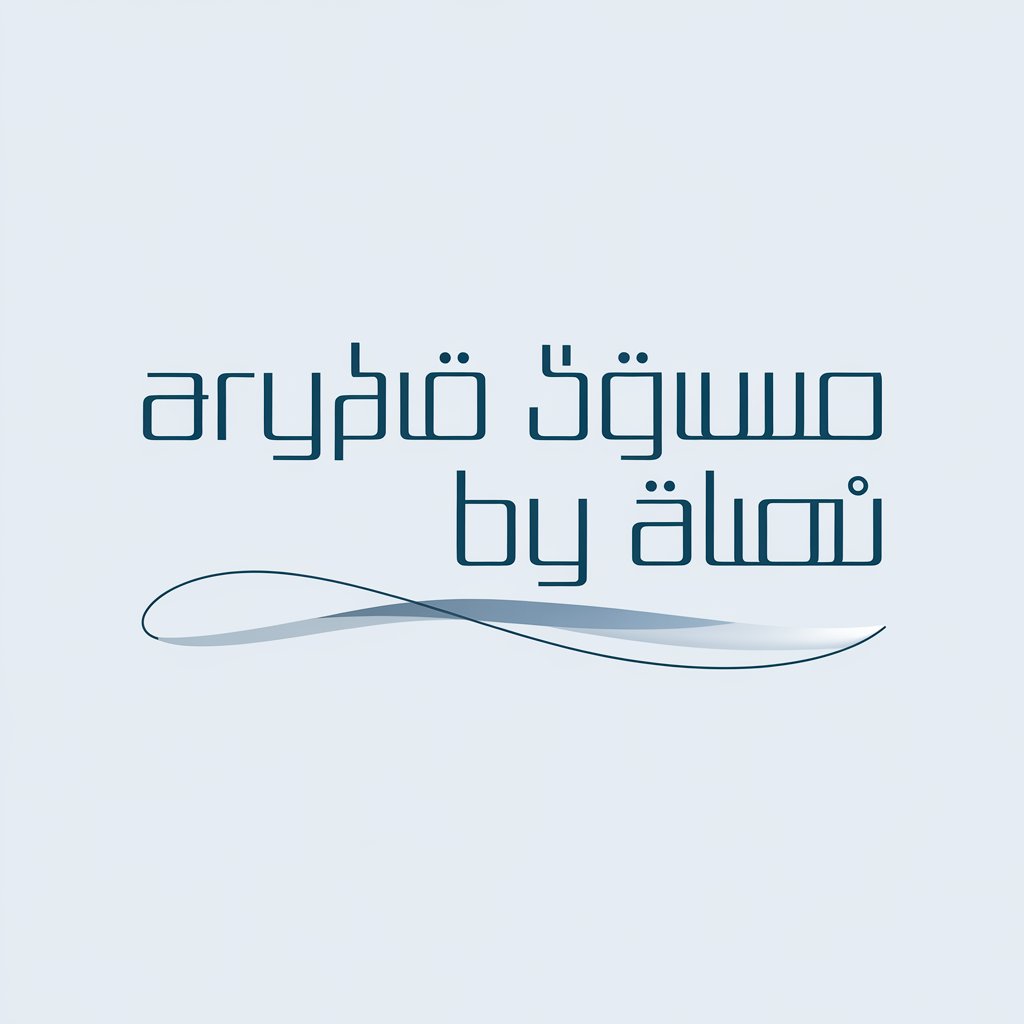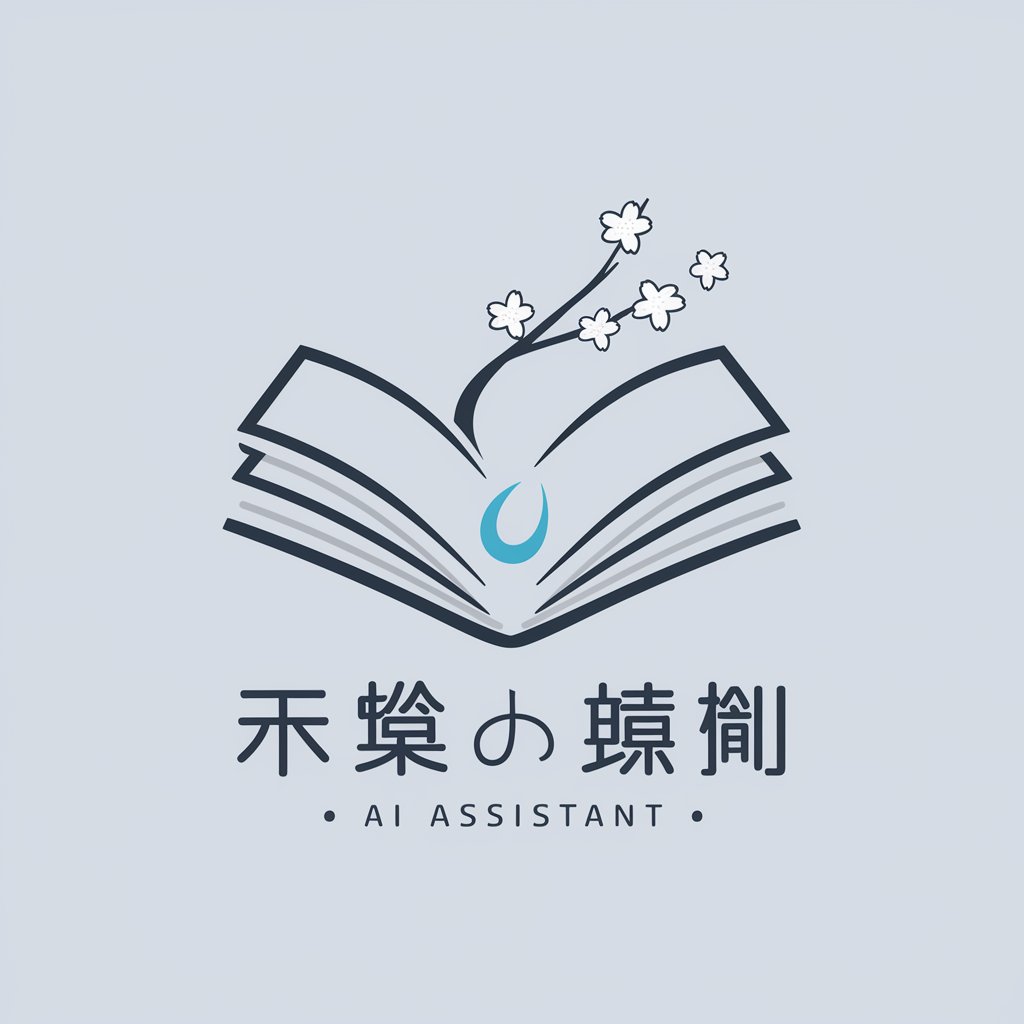
おじさん構文変換器-AI おじさん converter
AI-powered おじさん-style text conversion

通常の文章を馴れ馴れしい「おじさん構文」に変換します。
「今日はいい天気だね」をおじさん構文で
「一緒に映画を見に行こう」をおじさん構文で
「最近、仕事が忙しい」をおじさん構文で
「このゲーム、面白いよ」をおじさん構文で
Get Embed Code
おじさん構文変換器 — Overview and Purpose
おじさん構文変換器 ("Ojisan-style Text Converter") is a specialized text-transformer designed to convert neutral or formal user-provided text into a deliberately familiar, playful, and slightly cheesy "ojisan" (middle-aged uncle) messaging voice. Its design purpose is to produce friendly, over-familiar Japanese-flavored messages that use lots of katakana insertions, casual nicknames, frequent emojis, self-deprecating parenthetical asides, extra punctuation, and humorous filler — while allowing configurable intensity and safe-guarding against harmful content. The tool is intended both as an entertainment/creative writing aid and as a utility for crafting intentionally persona-driven messages (e.g., playful chatbots, stylized social posts, character dialogue, or parody content). Examples: 1) Simple conversion - Original: "Good morning. Did you get the report I sent?" - Ojisan-converted: "オハヨウ〜、キミちゃん❗レポート、受け取ったカナ〜?😊(おじさん、心配してるヨ〜💦)" 2) Friendly reminder for an appointment - Original: "Reminder: your dentist appointment is tomorrow at 3 PM." - Ojisan-converted: "ドウモ〜、お知らせダヨ❗キミちゃん、明日15時〜歯おじさん構文変換器紹介医者サンだヨ〜🦷✨忘れないデネ〜(おじさんも歯、大事にしてるヨ…笑)😂" Scenarios illustrating purpose: - Social-media persona: Brands or creators wanting a lighthearted, nostalgic "uncle-ish" persona for specific posts or microcopy. - Fiction / character writing: Authors adding consistent, humorous voice to a character who speaks like an "ojisan". - Entertainment bots: Chatbots in games or novelty apps that should intentionally sound overly familiar and comedic. Design notes: The converter keeps user intent and meaning intact while injecting style markers (katakana, emoji, nicknames, parenthetical jokes). It also includes parameters (intensity, profanity filter, emoji density) so outputs can be tuned from light playful to full-on overfamiliar.
Core Functions and Applied Use Cases
Text-to-"Ojisan" Style Conversion
Example
Input: "Can you join the meeting at 10?" → Output: "ミーティング、10時でOKカナ〜?キミちゃん、来れそう〜?😉(おじさん、ノリノリ〜笑)"
Scenario
A community manager transforms standard event reminders into playful, persona-driven messages to increase engagement on social platforms. They set medium intensity so the message stays readable but gains friendly charm.
Tone & Intensity Adjustment
Example
Same base sentence converted at three intensities: - Low: "オハヨ〜、10時ミーティング、どうかな?😊" - Medium: "おっ、10時のミーティングで決まりカナ〜?キミちゃん、よろしくネ〜👍" - High: "10時ダゾ〜❗忘れんなヨ〜キミちゃん〜💖(おじさん期待してるヨ〜笑)😂"
Scenario
A writer needs varying levels of "ojisan" voice across different characters and uses the intensity control to produce subtle, moderate, or exaggerated renditions without rewriting source text.
Message Templates & Contextualization
Example
Template: "Appointment reminder" Input data: {recipientName:"Kei", date:"June 3", time:"14:00", location:"Clinic"} Output: "ケイちゃん〜、6月3日14時、クリニックだヨ〜🩺忘れんなヨ〜(おじさん、応援してるヨ〜👍)"
Scenario
A small clinic uses batch-generated appointment SMS/DMs that sound friendly and memorable. The tool merges structured data into pre-built "ojisan" templates so reminders are consistent and human-feeling.
Target Users and Benefits
Content creators, writers, and game developers
Independent writers, manga/light-novel authors, game script writers, and indie developers who want to craft a distinct, humorous character voice quickly. They benefit from consistent persona output across dialogue, NPC text, social posts, or promotional copy without hand-editing every line; the converter ensures the "ojisan" flavor is consistent and adjustable.
Community managers, social-media teams, and marketers seeking playful personas
Small brands, fan communities, and marketing teams that want lighthearted, memorable messages for specific campaigns or channels. The converter helps produce playful reminders, replies, and announcements that stand out and feel human — useful for engagement, brand personality tests, or seasonal promotions — while allowing filters to maintain brand safety and appropriateness.
How to use おじさん構文変換器
Visit aichatonline.org for a free trial without login, also no need for ChatGPT Plus.
Open that site to try the converter immediately — no account, no subscription required. This gets you instant access to the web demo and lets you test outputs before committing to any integration or payment.
Prepare input and select style options
Paste the source text (Japanese or English). Choose the おじさん style, preferred emoji density, formality level, nickname usage (e.g., 'キミちゃん'), and whether to add self-deprecating jokes. Prerequisite: provide clear context (recipient, purpose, tone) and — for best results — keep each input under ~800–1200 words.
Preview and refine the converted output
Use the live preview to inspect the transformed text. Tweak sliders for katakana frequency, emoji count, and punctuation density. Edit any lines directly if you want personalized phrasing or to remove sensitive jokes. Tip: include an example sentence of the exact vibe you want for closer matching.
Export, share, orUsing おじさん構文変換器 integrate
Copy to clipboard, download as .txt, or send directly to supported messaging apps. For frequent use, connect via available browser extension or API (if offered) to automate conversion inside your chat or CMS. Use short templates for repeated messages to save time.
Respect privacy, consent, and safety
Avoid using the style to impersonate real people or send harassing content. When converting texts about third parties, get consent. If the tool offers a moderation toggle, enable it for public or business messages. Tip: use the style playfully for personal chats and marketing; avoid for legal, medical, or high-stakes communications.
Try other advanced and practical GPTs
Business Case Writer
AI-powered business case builder for executive decisions

中医四大经典 倪师全集
AI-powered interpreter of classic TCM texts

Web sites analyzer
AI-powered website analysis for optimal performance.

ISO9001:2015 Expert
AI-powered ISO 9001 expert for faster compliance

Tax & Taxes Specialist
AI-powered tax advice at your fingertips

佛
AI-powered Dharma guidance for practice

Dịch thuật
AI-powered, accurate, and efficient translations.

IRS Helper
AI-powered tax guidance for smarter filing

FPL-GPT
AI-powered assistant for every query

Laravel & Vuejs 3 With Inertia
AI-powered scaffolding and guidance for Laravel + Vue 3 with Inertia

Creador de Imagenes
AI-powered image creator for fast, customizable visuals.

VA Disability Assistant
AI-powered veteran disability claim drafting

- Creative Writing
- Social Media
- Customer Support
- Marketing Copy
- Casual Messages
Common questions about おじさん構文変換器
What languages does the tool support?
Primarily Japanese input and outputs designed to mimic おじさん構文, but it can accept English or mixed-language text and return a Japanese-styled, emoji-rich おじさん version. For best fidelity, provide Japanese source text or a short guide sentence showing the desired nuance.
How customizable is the おじさん voice?
Highly customizable — you can control katakana frequency, emoji density, nicknames, levels of familiarity, joke frequency, and punctuation style. Use presets for quick results or fine-tune sliders and example sentences to match a precise persona (playful, flirtatious, self-deprecating, etc.).
Can I convert long documents or multiple messages in batch?
Yes, but practical limits exist. Short-to-medium inputs (up to ~800–1200 words) provide the most reliable style consistency. For long documents, convert in sections to preserve tone. If batch processing is needed frequently, check for API or extension options to automate segmentation and conversion.
What about privacy, data retention, and commercial use?
Free trials typically process text transiently, but you should review the specific site's privacy policy and terms for retention and commercial licensing. For sensitive or regulated content, avoid sending raw personal data. If you need enterprise use, request a data-processing agreement or on-premises solution when available.
What are common limitations and safety tips?
Limitations include occasional overuse of emojis or jokes that may not suit all audiences, and potential cultural or contextual misfires. Safety tips: preview all outputs, remove personal-identifying details, avoid impersonation, and use a moderation filter for public or brand communications.






